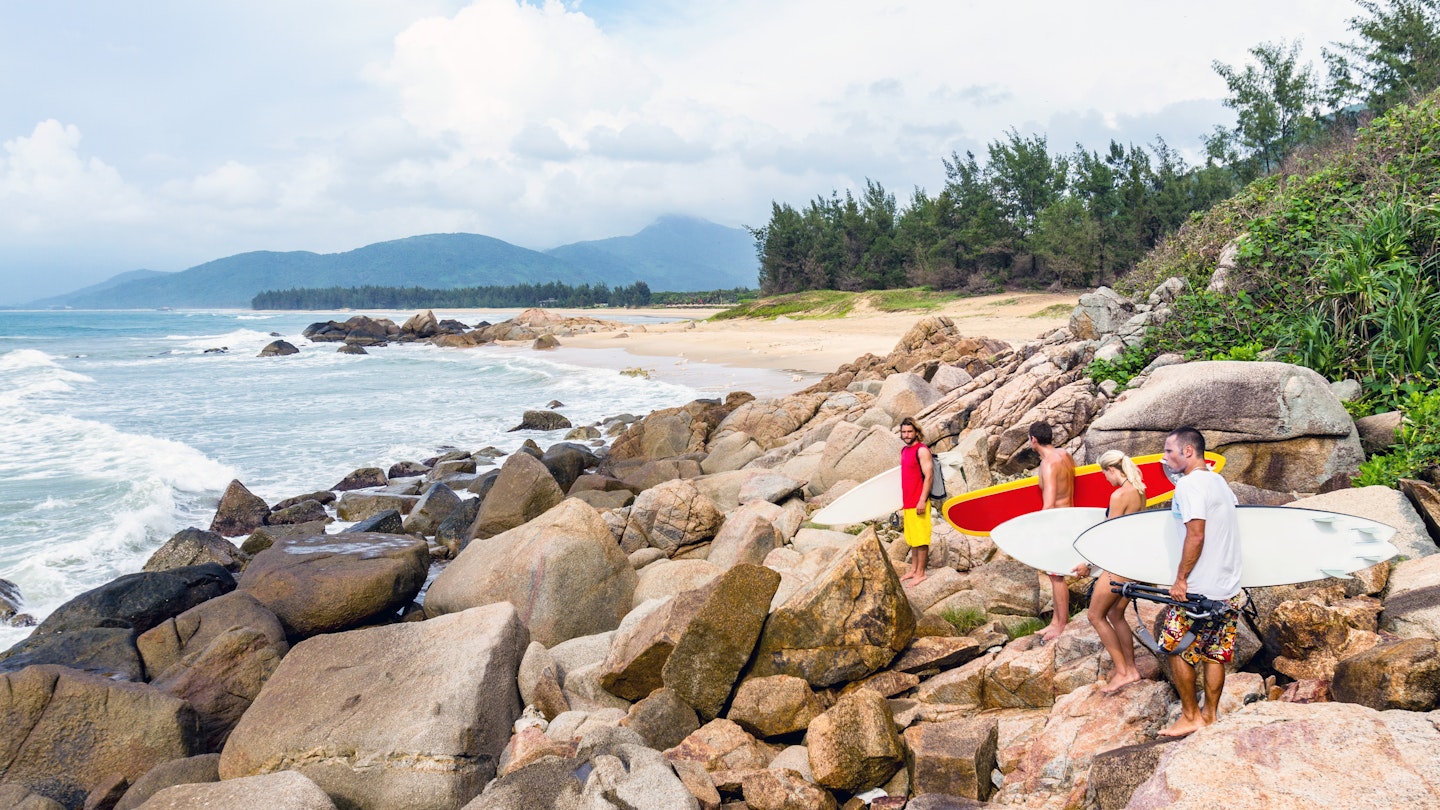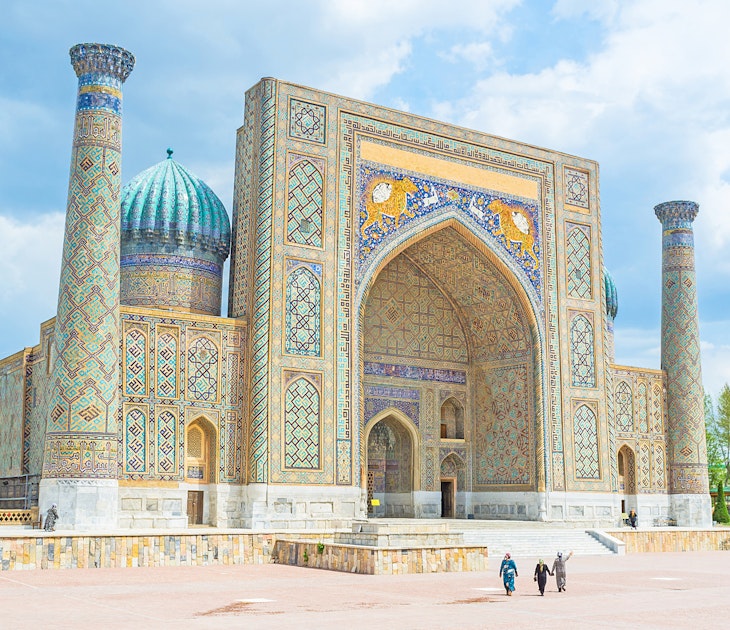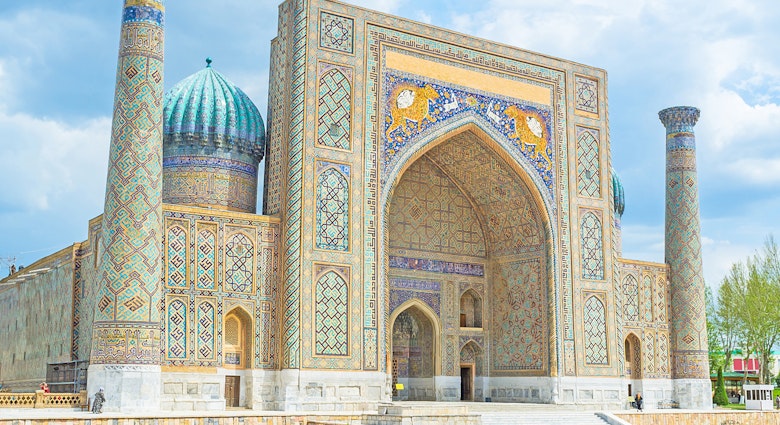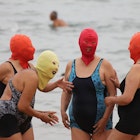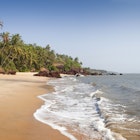A trip to a beach in China, having more in common with the seaside sanatoriums of Soviet Russia than, say, Surfin’ USA, can be a fascinating cultural experience.
Beaches have never ranked high on visitors’ lists of China’s countless natural treasures. The Middle Kingdom has only a tenth of the coastline of the USA, for example, and only around a third of that is in the subtropical or tropical zone. What’s more, Chinese were historically discouraged from the coast; imperial edicts of the 17th century banned anybody from living within 15 miles of the sea.
Change is most definitely afoot, though, as the fast-developing Chinese island of Hainan draws ever greater numbers of affluent Chinese millennials to its luxury hotels, dreamy Hawaii-like sunsets and pearl-white beaches.
Today, a Chinese beach is a place for multi-generational family fun rather than six-packs and sangria – think rented rubber rings, sandcastles and the famous “facekini,” a startling spandex balaclava designed to protect against highly undesirable suntans (it’s often accompanied by a snazzy full-body swimsuit). Below is our guide to China’s most noteworthy beaches.
The Bathing Beaches of Qingdao, Shandong Province
Laid-back Qingdao has buckets of seaside charm to go with its enchanting, scarlet-capped old town set amid green hillsides. The coastal city, established by the Germans as a foreign concession in 1897, is known for its eponymous Tsingtao beer, spicy clams and bathing beaches, the most famous of which, Number 1 Bathing Beach, is a sublime, 580m-long crescent of golden sand that spans Huiquan Bay.
Take a stroll eastwards along coastal paths from Number 1 and you’ll eventually reach Number 2 Bathing Beach, a secluded cove backed by clapboard changing rooms painted in pastel shades. It’s a beautiful spot once reserved for the likes of Chairman Mao (a famously keen swimmer) and other elites; today it’s the must-have backdrop for wedding photos.
Complete the set by carrying on to Number 3 Bathing Beach, framed by a forest of gleaming skyscrapers and with water sports clubs and cafes on its western cape.
The Beaches of Sanya, Hainan Province
Sanya on Hainan Island is the most southerly place in China, a whopping 1553 miles (2500km) – and 21 degrees of latitude! – from Beijing. To the ancient emperors, it was the furthest reaches of their domain, known wistfully as “Tiānyá Hǎijiǎo,” the “end of the sky and the sea.”
These days, the coastal city is a booming holiday destination, boasting fun in the sun with Chinese characteristics, humongous resort hotels, an irresistibly balmy climate and five sandy bays. Sanya Bay is a central arc of palm-lined shore that fronts the commercial hubbub and is very popular with Russian tourists, while Yalong Bay, a 5-mile (8km) crescent of pearl-white sand draped with coconut palms, has the best sea visibility for snorkelers. Home to the island’s burgeoning surf scene and a couple of hostels, tiny Houhai Bay is probably the best spot to kick back and relax, or grab a board and hit the reef breaks.
Serious surfers should travel 50 miles (80km) up the coast to Sun and Moon Bay near the town of Wanning, where you can catch the biggest and best waves in China.

Xichong Beach, Shenzhen
It might surprise you to learn that tech-forward Shenzhen, spiritual home of the software programmer, has its own beach culture. Shenzhen’s “Gold Coast,” a string of sandy beaches extending eastward around Mirs Bay, starts just 12.5 miles (20km) from downtown, and gets less brash and busy the further away you get from the city.
Xichong Beach, a two-hour drive from the skyscrapers, offers a 1.85mile-long (3km) belt of wild, silvery sand that feels blissfully isolated and unspoiled. Facilities are few, but there are protected swimming areas with lifeguard towers, as well as lockers and showers. Xichong is also the hub of Shenzhen’s tiny but growing surfing scene thanks to the beginner-friendly breaks that roll languidly into the bay. (The scene suffered a setback when a 2018 typhoon swept most of the surf shacks from the now-bare sandbanks.)
Beidaihe, Hebei Province
It was seaside-loving Brits who helped establish China’s first beach resort in the late 19th century, in Hebei. The sandy beaches and rocky promontories of Beidaihe, reached by one of China’s first steam railways, played host to European diplomats and Chinese dignitaries, followed by the Communist Party elite, who still gather for an annual summer shindig there today.
Beidaihe’s main crescent of crumbly sand, backed by ice-cream sellers and seafood restaurants, is the closest beach to the capital Beijing. High-speed trains cover the 162 miles (260km) in two hours, ensuring a flood of day-trippers in high season who join the retired soldiers and occasional Russian tourists to soak up the slightly faded, slightly kitsch vibes. Water quality can be iffy, though; it’s said the top cadres keep to their private swimming pools.
Nineteen miles (30km) up the coast is another stretch of sand that’s less picturesque but with an unusual structure jutting out into the water. This is no pier or jetty: it’s where the Great Wall signs off from its long journey and dips into the sea at Old Dragon Head.
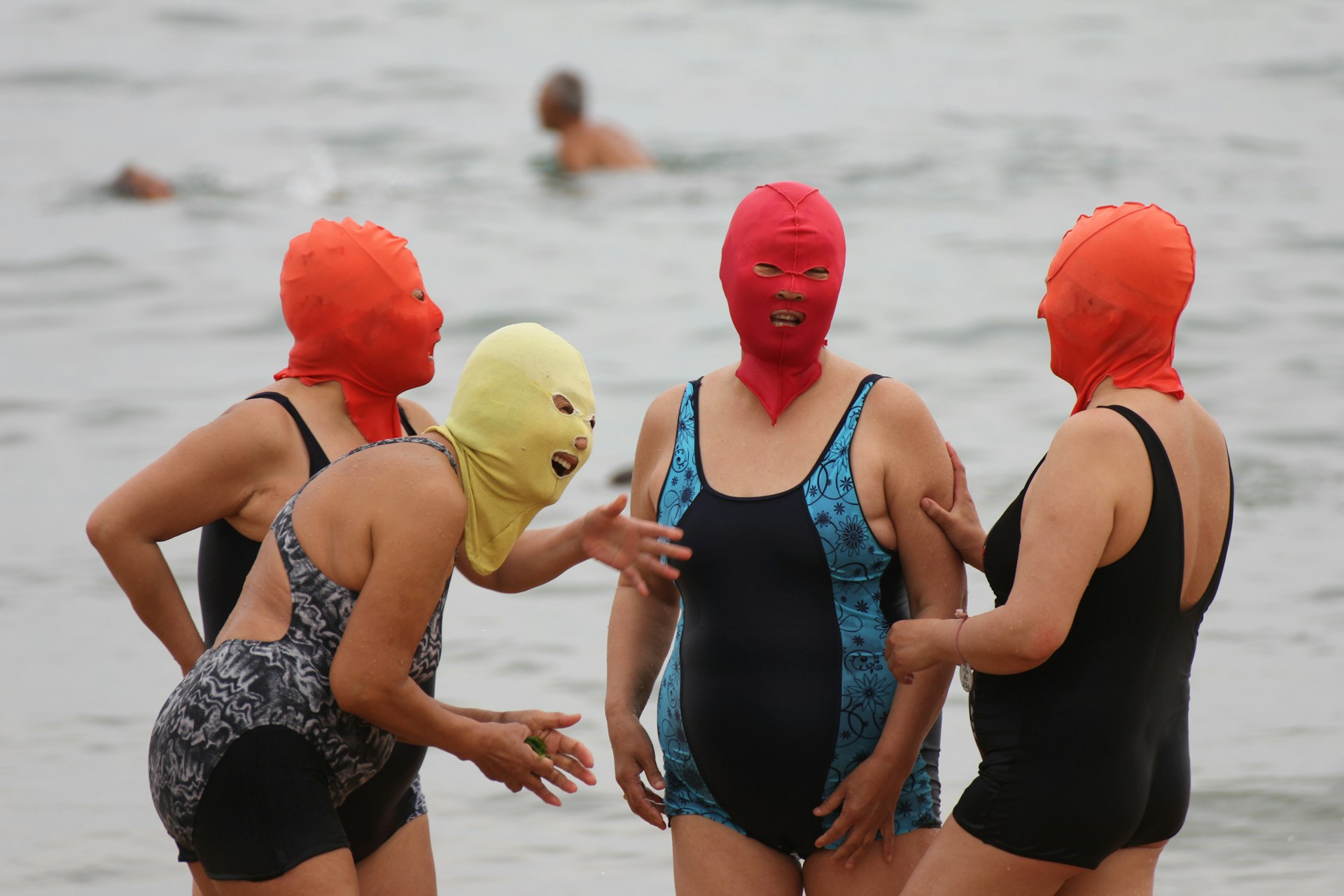
Putuoshan Island, Zhejiang Province
Around 15.5 miles (25km) off China’s coast, and within reach of Shanghai, the tiny, scenic island of Putuoshan in Zhejiang boasts sandy beaches, pine groves, temples and one of China’s four sacred Buddhist mountains. One Thousand Step Beach, a languid stretch of yellow sand, takes up a large swath of the island’s east coast (though swimming is only permitted between May and August). One Hundred Step Beach, on a smaller bay to the south, has a much-photographed pagoda perched artfully on a rocky outcrop.
Silver Beach, Guangxi Province
The coastal city of Beihai, Guangxi, attracts local tourists to Silver Beach, a 15 mile-long (24km) stretch of silvery-yellow sand much celebrated by tourist brochures and alive with scuttling sand crabs. After you’ve had a paddle, the city’s Old Quarter has some fine throwback colonial buildings to admire, dating from Beihai’s brief tenure as a treaty port home to the colonnaded consulates, banks and trading companies of eight Western nations.
You might also like:
5 epic train journeys to take in China
How do I get a visa for China?
Incredible places in China to challenge your preconceptions

